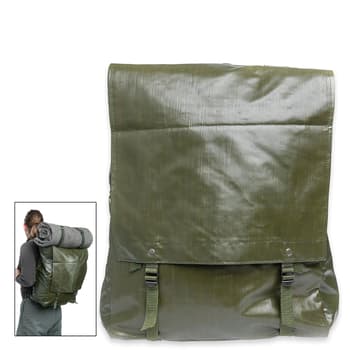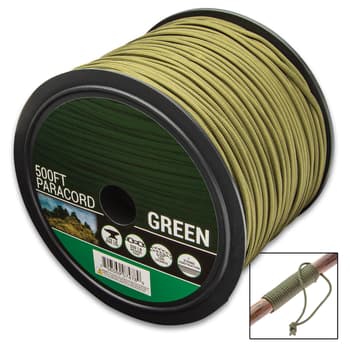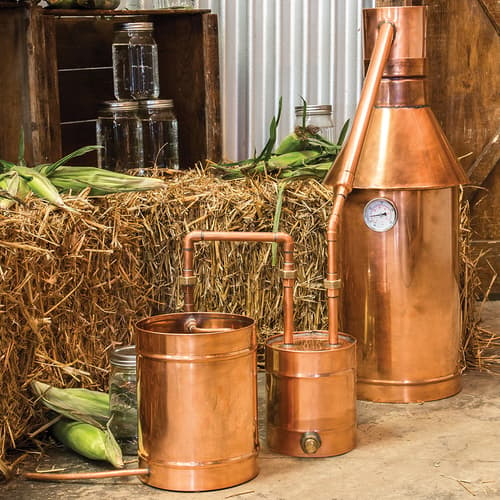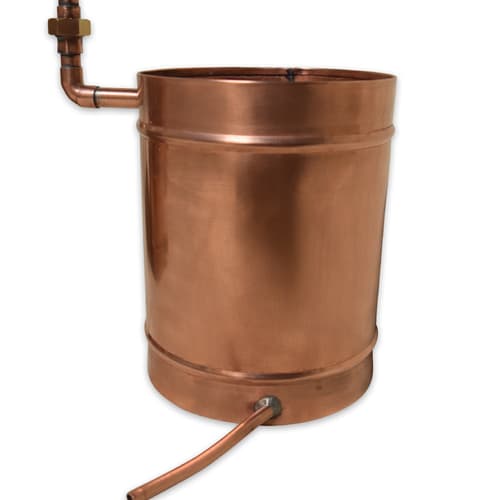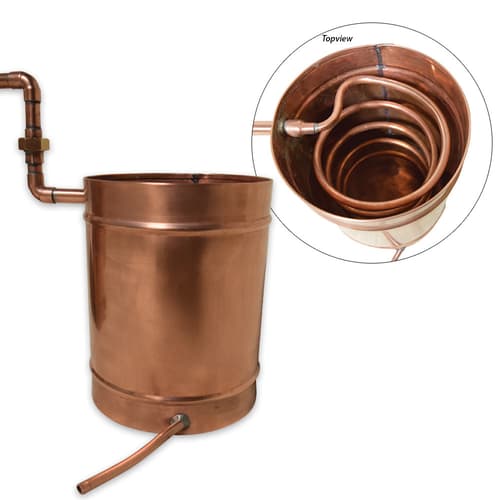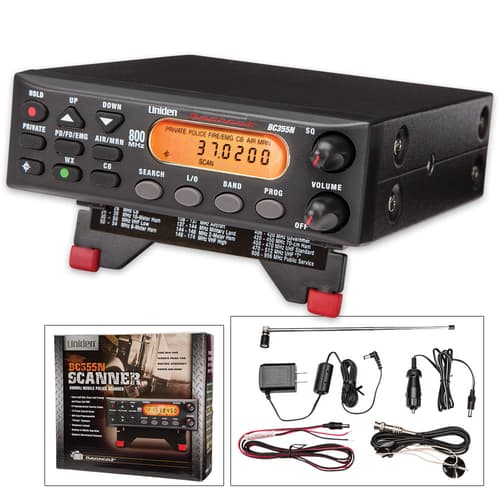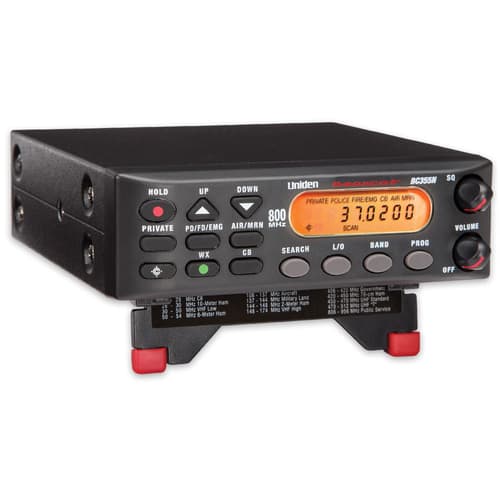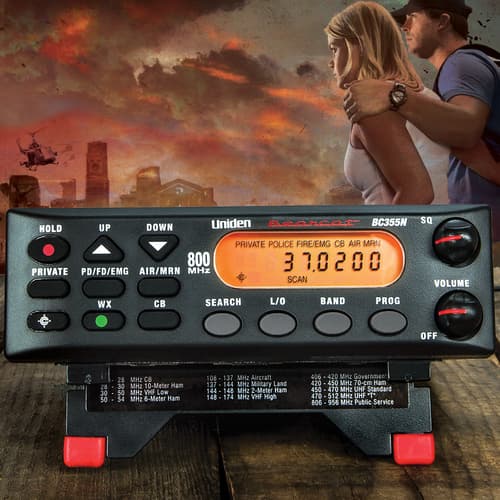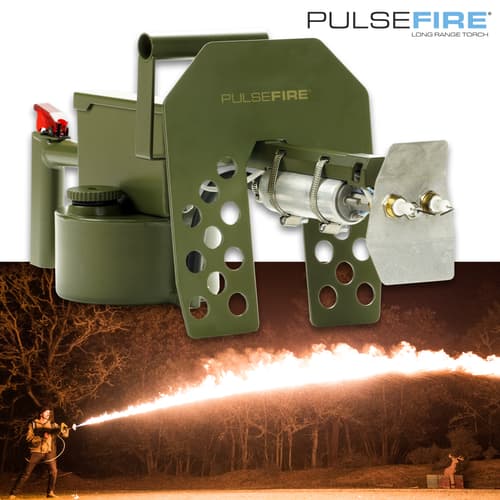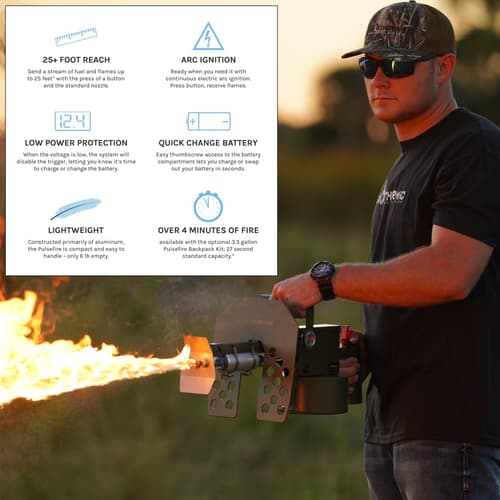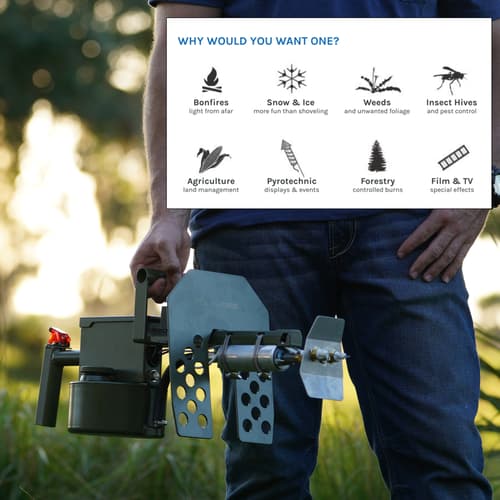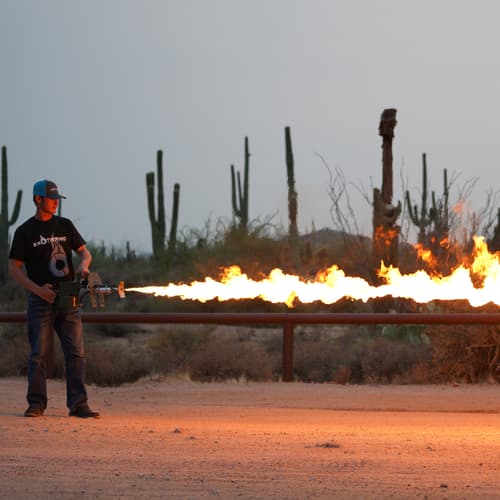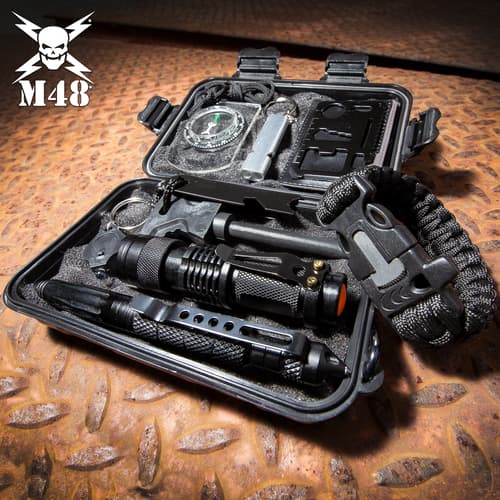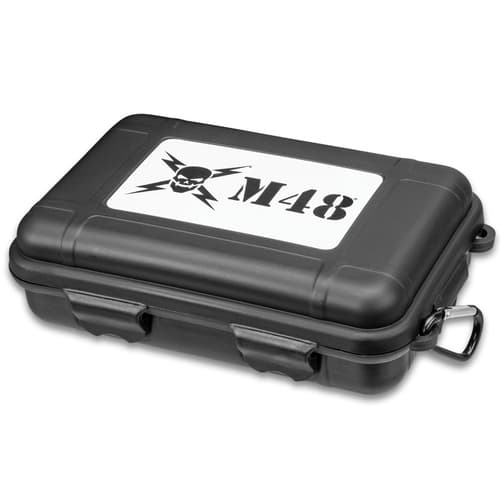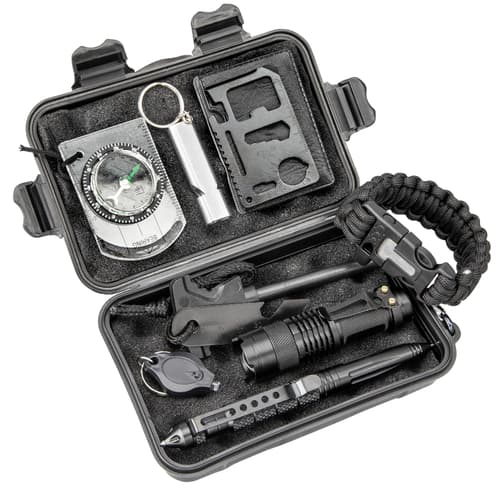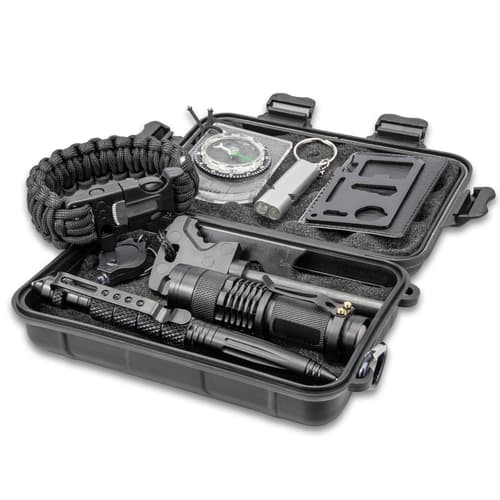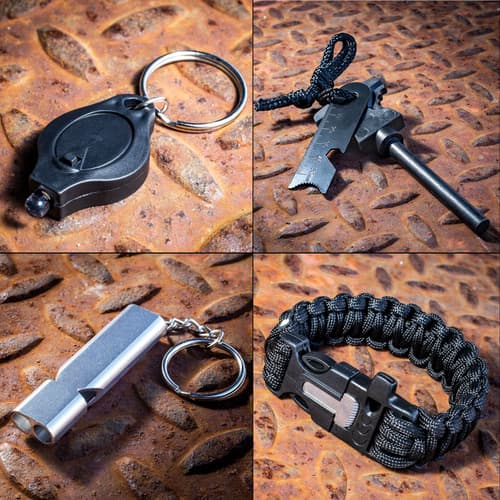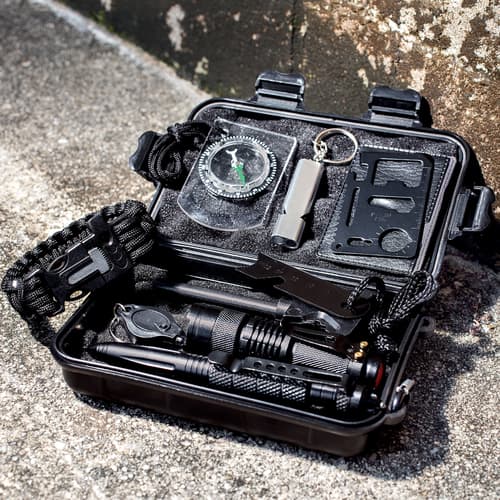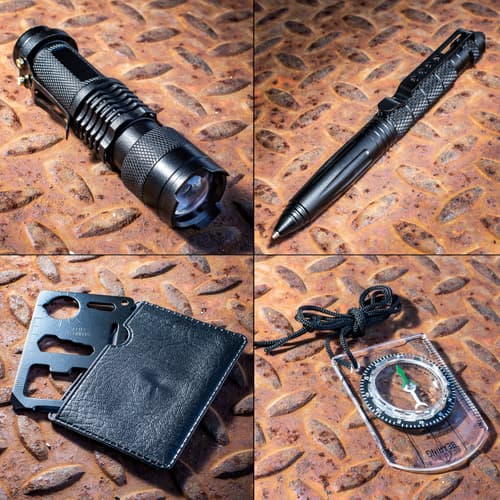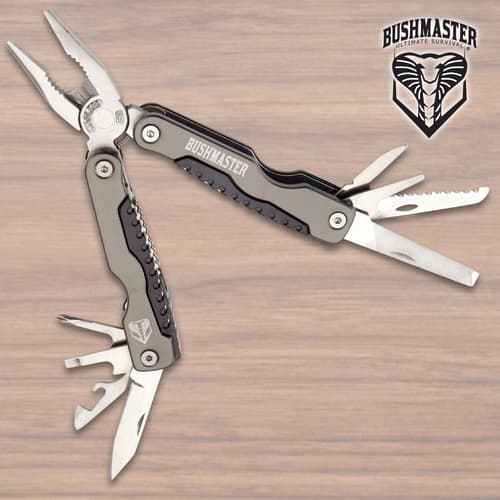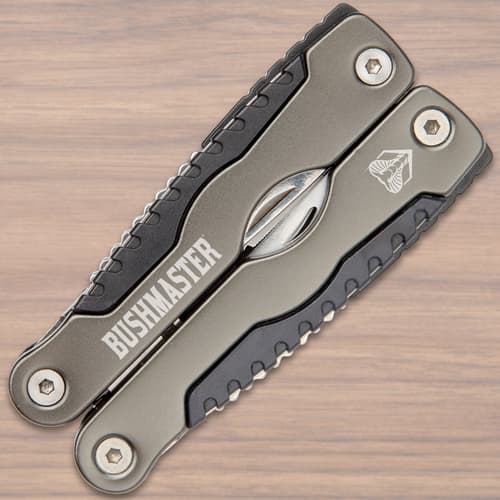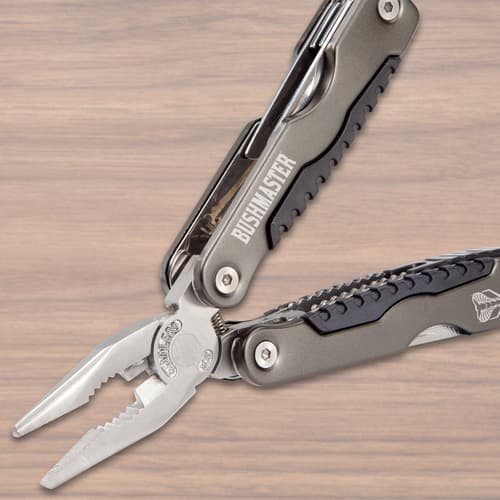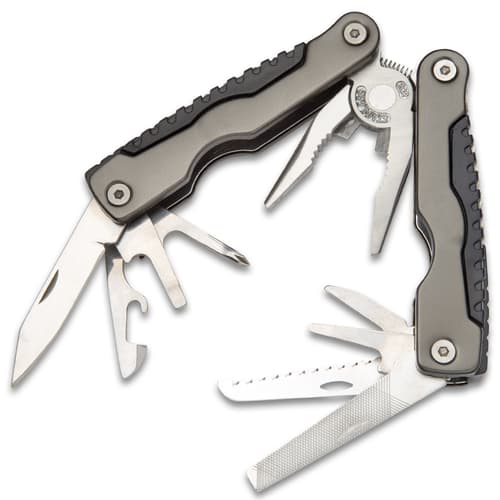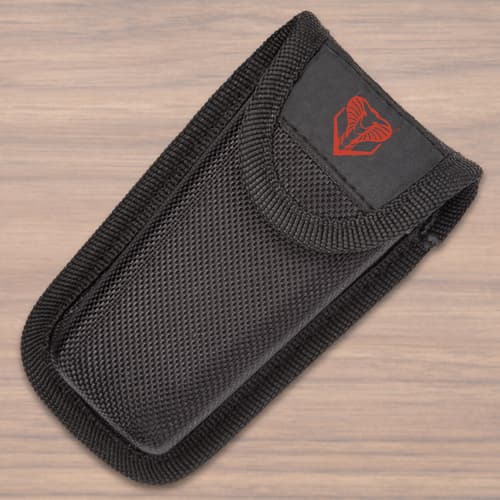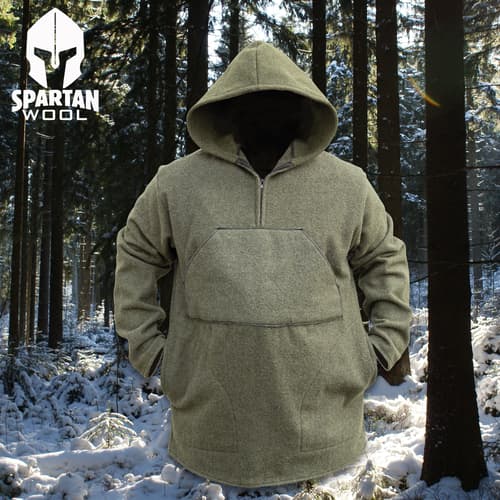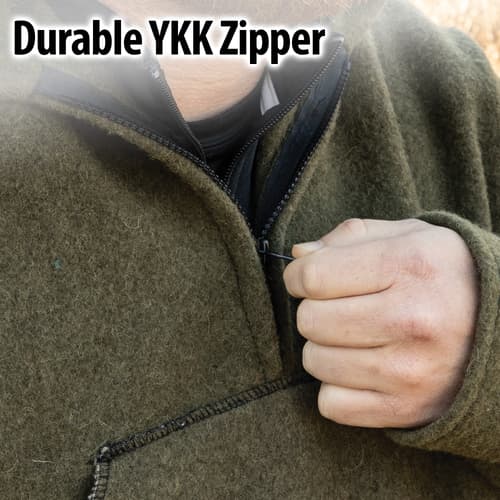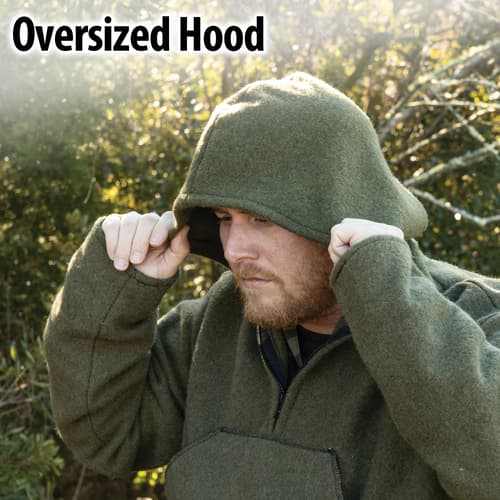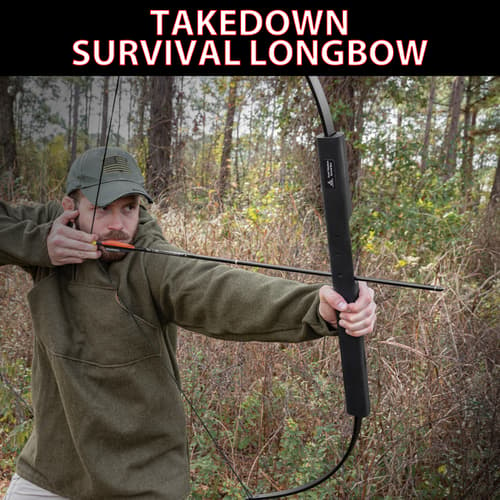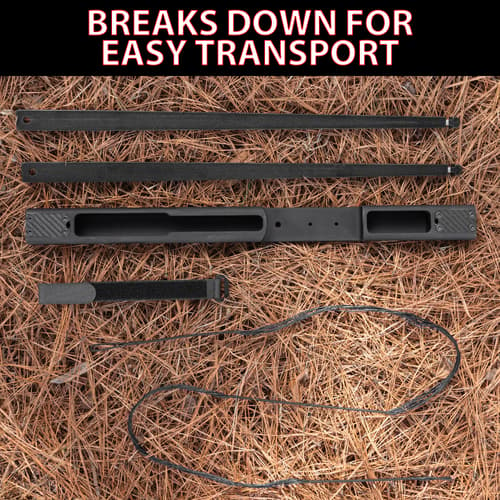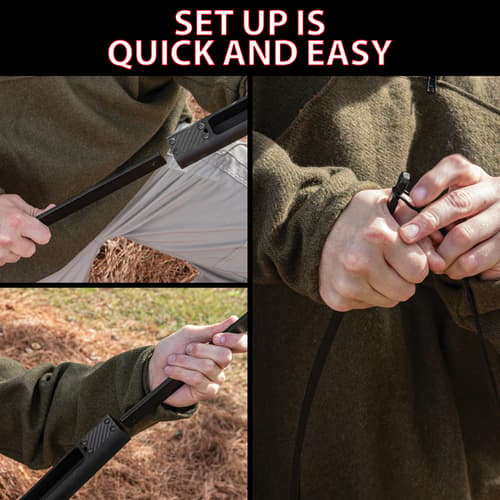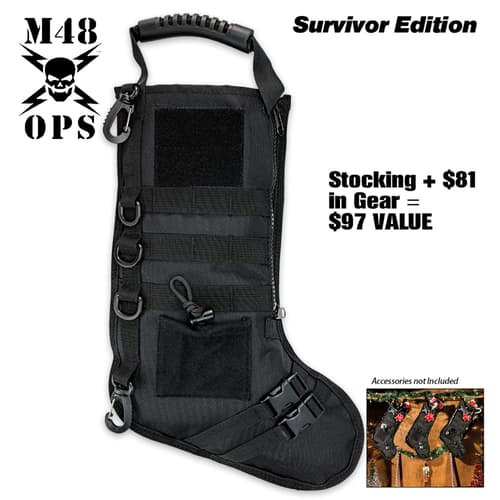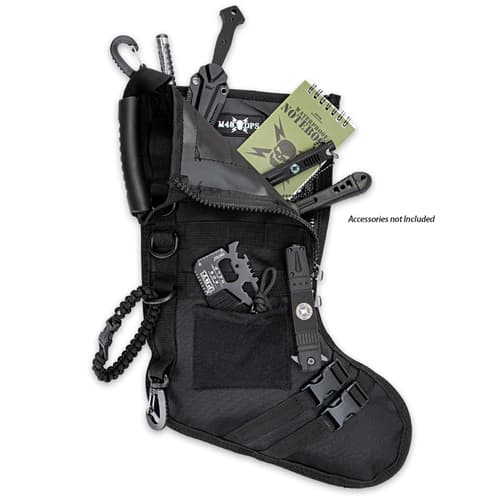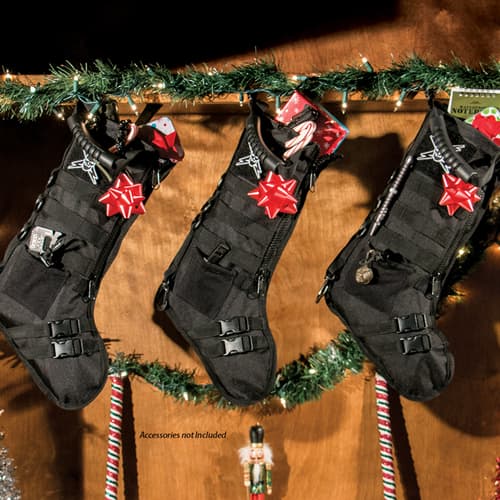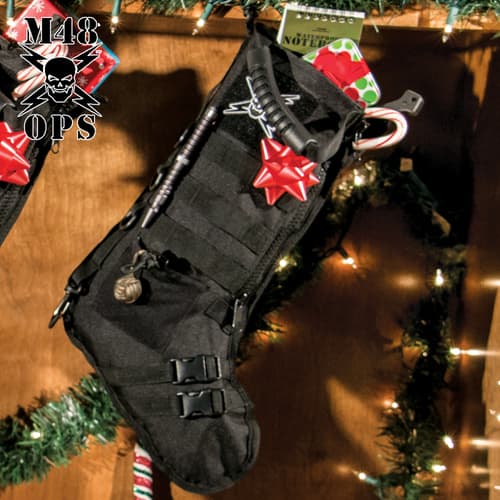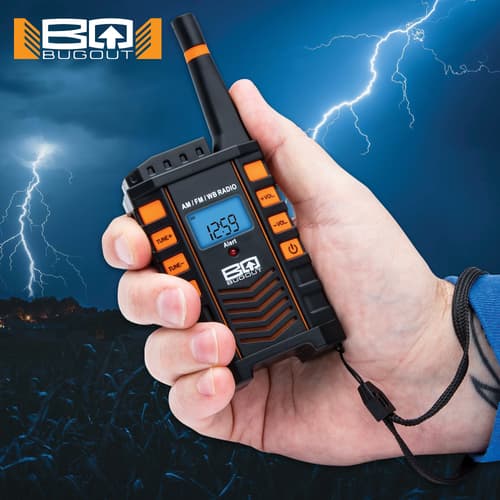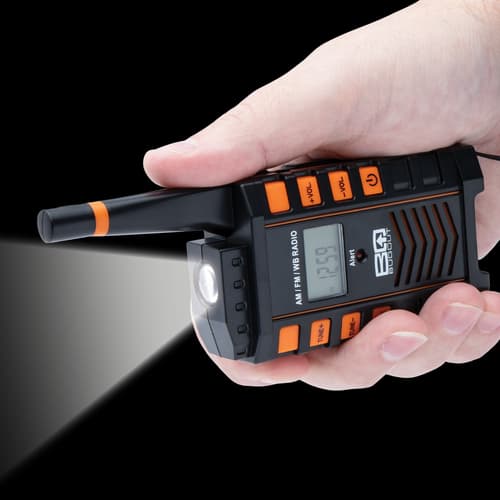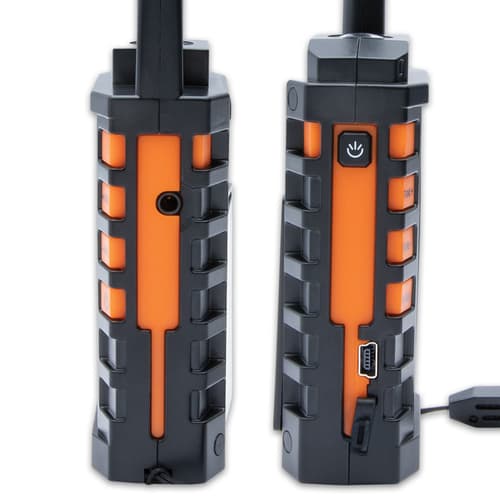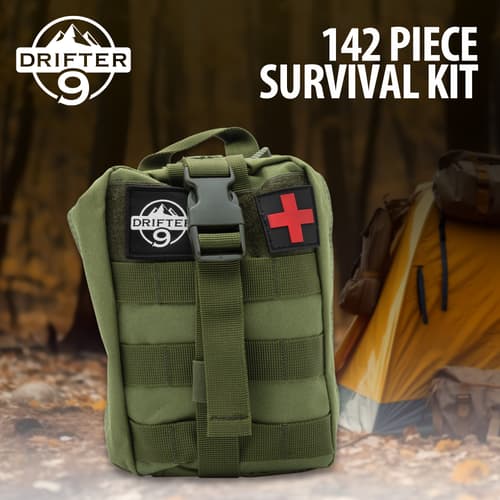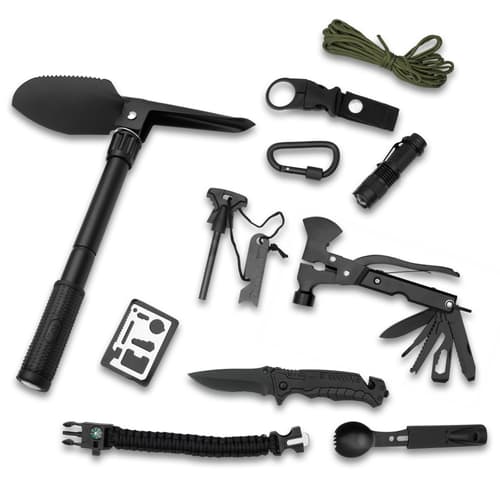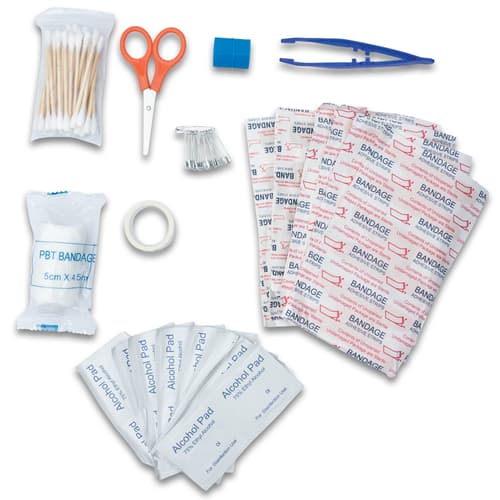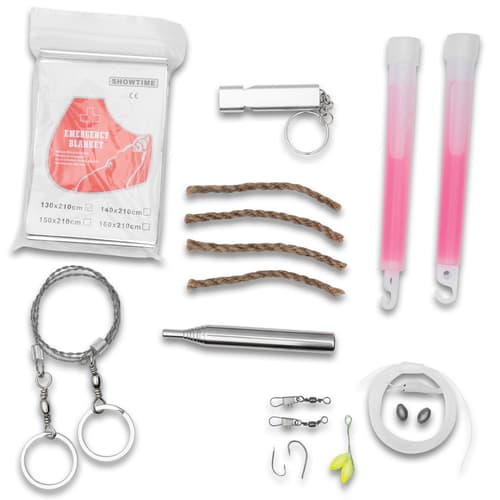A Checklist Of What To Take On A Day Hike
A Checklist Of What To Take On A Day Hike

By Adelia Ladson
Hiking is a great outdoors activity that doesn't require a lot of prep like a camping trip. However, when you're planning an all-day hiking trip, there are some things that you need to take with you when you're out on the trail. It's not a lot but each item is important. You are going to be outside all day, in the wilderness, even if you're on a trail in a state park. Here's a checklist of what you need.
1. Start with a Daypack or Backpack
The first thing that you need is going to be a good quality bag to carry your hiking essentials in. I prefer a daypack because it's smaller and less bulky than the standard-sized backpack. Any backpack will do, though, as long as it's sturdy and made well. No plastic zippers! Here are some things to look for in a backpack for hiking.
- ☐ Straps that are adjustable and padded for comfort. You don't want the straps cutting into your shoulders all day. You will have to be able to carry it all day.
- ☐ Like I said above, no plastic zippers. They should be metal so that they won't break while you're out there. Trust me, it's important
- ☐ A construction of heavy-duty canvas material. This will assure that it can't be torn or punctured easily if your hiking trail takes you through dense thicket. Cheap backpacks of light-weight material will not stand-up to that.
Some Backpack Recommendations
I'm a fan of repurposing military surplus items for practical use. Even used military gear is going to be just as durable and high-quality as new, commercial gear. We have a great, versatile dual daypack from Great Britan's military surplus that I really like. It can be worn as a full backpack or separated into two daypacks so that you're getting the best of both worlds. Its features include an adjustable yoke with padded shoulders that can be detached and worn with both daypacks together or with one daypack. It's perfect when you're hiking with a partner, which you should really do anyway for safety.
If you're looking for something a little less military in style, the rucksack from our Outback Traveler collection is tough enough for your hiking trip but looks professional enough for a business trip. The brown canvas has a classic weathered look with leather straps and zipper pulls. The rucksack also has plenty of pockets and a spacious main compartment, plus, padded shoulder straps.
2. Pack to Stay Hydrated All Day
The first thing that you need to pack in your backpack is water or a method of making water on the trail safe to drink. As with any outdoor activity, that may be strenuous, you need to stay sufficiently hydrated through-out the day. Actually, it's not a bad idea to bring water and a water filter system, unless you know for sure that there is no water source on your hiking trail.
A Pair of Hydration Tools to Consider
Experts say that you should carry one liter of water for every two hours of hiking to keep sufficiently hydrated. Water will probably be the heaviest thing that you carry in your pack but, obviously becomes lighter as the day wears on. I like a classic water container like our four-quart canteen that holds a lot and just has a simple screw-top cap. Guess I'm old-fashioned. The thing that really appeals to me is that it has an adjustable strap so that I can carry it cross-body instead of adding weight to my pack. This also makes it convenient to sip from while walking. You should sip as you go instead of chugging on stops when you're hiking. The canteen is constructed of impact-resistant plastic with a colorful, striped blanket covering that serves as insulation.
You can combine the canteen with a personal water filter straw, which allows you to safely drink from any source of water on your hike. It will filter out harmful substances and improve the taste of the water using a combination of filter screens, activated charcoal and a hollow fiber membrane. A personal water filter straw will provide up to 1,500 liters of drinking water over its lifespan. This is your back-up plan in case your water runs out.
3. Prepare for a Medical Emergency
You should never participate in any outdoors recreation without bringing a first aid kit. Accidents happen and having the basic tools that you need to render first aid is vital, especially, when you're out in the wild. The first aid kit doesn't have to be big, but it needs to be filled with tools for common hiking injuries. Here are some examples of injuries that could happen.
- ☐ Minor cuts and scrapes can happen when hiking for just about any reason. You could trip and fall or nick your finger on something sharp.
- ☐ Blisters start out minor but will progressively get more severe unless treated promptly the minute they appear.
- ☐ Sprains are always a risk, especially, when you're walking on uneven terrain. Just a stumble and you can easily roll your ankle.
First Aid Kits that Work for Hiking
A good hiking first aid kit will, first and foremost, have an elastic bandage to wrap a sprained ankle, antiseptic wipes to clean cuts or scrapes, and moleskin to prevent blisters. The Adventure Mountain Hiker Medical Kit has all of these hiking specific first aid tools. Comprehensive yet compact, it weighs less than 8 ozs and the bag is water-resistant. The first aid supplies are organized in injury-specific compartments so that they can be found quickly and included, in the kit, is an up-to-date wilderness first aid guide. It has all of the basics that you find in first aid kits, but it also has After Bite pads, EMT shears and medications to manage allergic reactions.
What I like about the Elite Hikers First Aid Kit is that it's contained in a fanny pack so that you have the option of packing it or wearing it around your waist. It's all about distribution of weight when you're hiking. This kit also contains basic first aid supplies including two elastic bandages and antiseptic wipes, plus, a chemical ice pack, which is a bonus. It doesn't, however, contain moleskin, which is an essential for hiking. What you can do is add the Adventure Blister Medic Kit, which has die-cut moleskin pieces and hydrogel dressings to treat blisters. The moleskin pieces are shaped to fit common blister areas and the blister dressings stop pain while starting the healing process. Regardless of the first aid kit you choose, you should pack this blister specific medic kit anyway.
4. Bring an Extra Pair of Socks
Speaking of blisters, prevention is definitely the key. Not only should you use moleskin, but you also need to bring an extra pair of socks that you can change halfway through your day. You want to make sure that your feet stay dry, and, by lunchtime, your feet are going to be sweaty whatever the temperature is while you're out on the trail.
5. Pack a Lunch and a Snack
If you're hiking all day, then you'll need lunch and that will go into your backpack, as well. You can pack anything for lunch that you like but keep in mind how much weight you'll be adding to your pack. FYI, there are some ready-to-eat meals out there that are really tasty and won't take-up much room. Look for the ones that don't need heated water to prepare them, unless, you're planning on starting a fire to boil water, which means you'll need cooking and fire starting gear. That's a lot for a day hiking trip, I think.
Military-style MRE's can be eaten right out of their pouches because the entrées are fully-cooked and everything that you need is in the pouch including utensils, drink mixes and a dessert. These aren't your father's rations. They have come a long way since then and are actually formulated specifically to give you energy with balanced carbohydrates. There are quite a few varieties of entrées to choose from with these modern MREs.
You usually get a snack item in an MRE pouch but it's a good idea to pack an additional snack and definitely if you're not doing the ready-to-eat meal option for lunch. I, personally, like dried banana slices because they're high in potassium, even more so than raw bananas, since the dehydrating process concentrates the important electrolyte. Dried fruits and nuts of any kind are a great snack to bring along to tide you over until you make it home for supper or to take off the hunger edge before lunch.
6. Don't Forget Some Kind of Outdoors Knife
When you're out in the wild whether camping or hiking, you should always carry a knife with you. It doesn't matter whether it's a fixed blade or a pocket knife, it needs to be able to handle whatever cutting task you throw at it and it should be relatively lightweight. There are a variety of cutting tasks that may come up while you're hiking. Here are a few.
- ☐ Opening ready-to-eat-meal pouches are easier when you have something to cut them open with. We all know that sometimes "easy-to-open" pouches aren't so easy to open.
- ☐ Cutting sticks and twigs to build a signal fire or fire at night, if you get lost, will be quick and easy with a knife.
- ☐ Making a splint for a broken limb also needs a knife to assist in acquiring the two sticks that are needed.
- ☐ Protecting yourself with a knife against a human attacker is the worst possible reason to have it but it's absolutely not a far-fetched scenario.
Some Knife Recommendations
There are some great tactical and bushcraft pocket knives out on the market, but I really prefer a survival fixed blade knife on me when trekking through the wild. They tend to be just bigger, beefier and I feel like they're more up to the tasks that may come up when you're hiking.
The pull-out firestarter in its pommel is what makes the BugOut Rescue Survival Knife appealing to me because you have a way to start a fire if you need to. The fixed blade features partial serrations, and the twice-injected handle is heavily textured with crosshatching. The handle is also contoured perfectly to fit your palm so that you have no-slip comfort when using it. As with most survival knives, it comes with a belt sheath, giving you the option to carry it at your side.
The Colombian Bogota Survival Knife's winning features are its sawback serrations and mini teeth on its spine. You're getting the power of a saw and a massive, razor-edge in one blade. It also has an extremely textured handle to assure you of a slip-free grip when you're using it. Another feature of the handle is its skull crusher pommel that can be used as a hammering tool. This fixed blade comes with a belt sheath, too.
7. Arm Yourself with Bear Spray
I know what you're thinking, "Really?" Don't, however, discount the wildlife you might encounter on your hiking trail, even in a state park. Also, as I said above, protecting yourself against a human assailant isn't unheard of either. It's just always good to have some measure of self-defense on you when you're out in a remote area. Bear Spray, with its high concentration of capsaicin and 35-feet firing range, is guaranteed to deter and keep distance between you and whatever is out there on the hiking trail.
